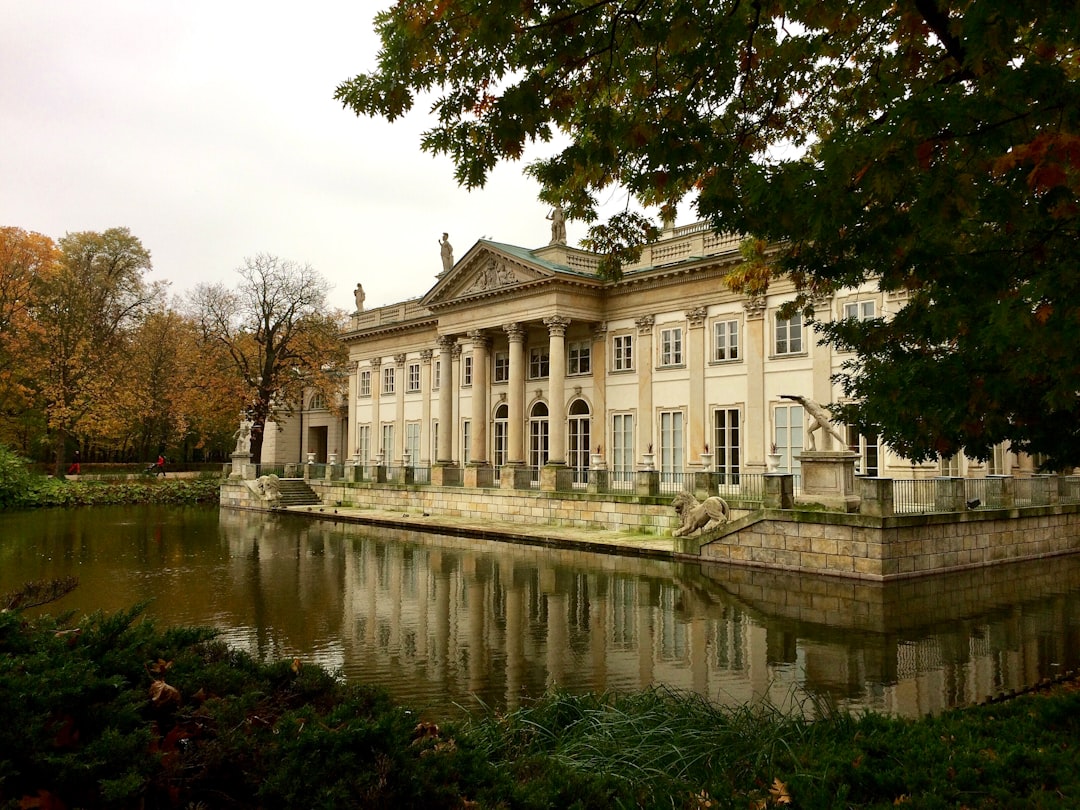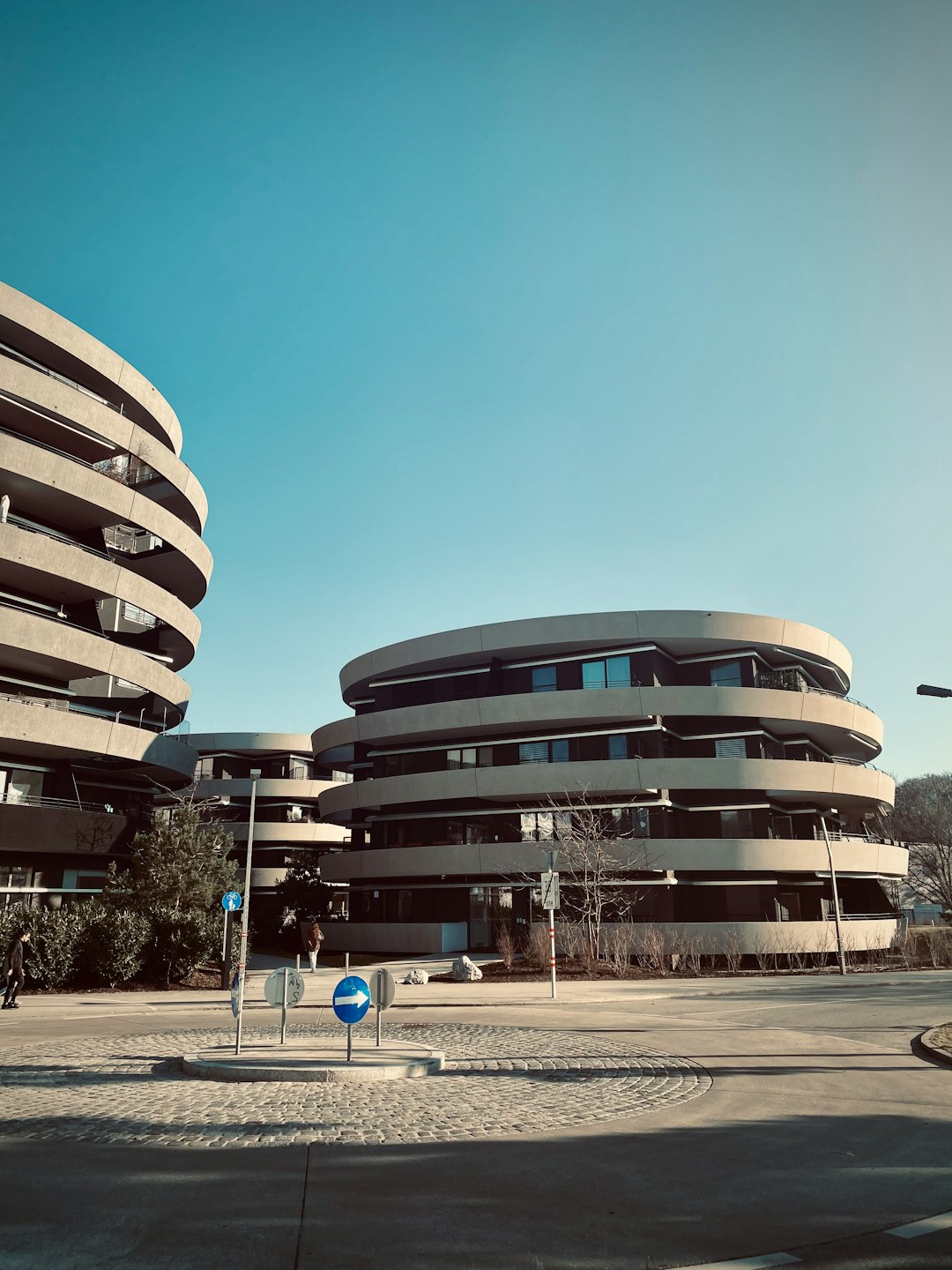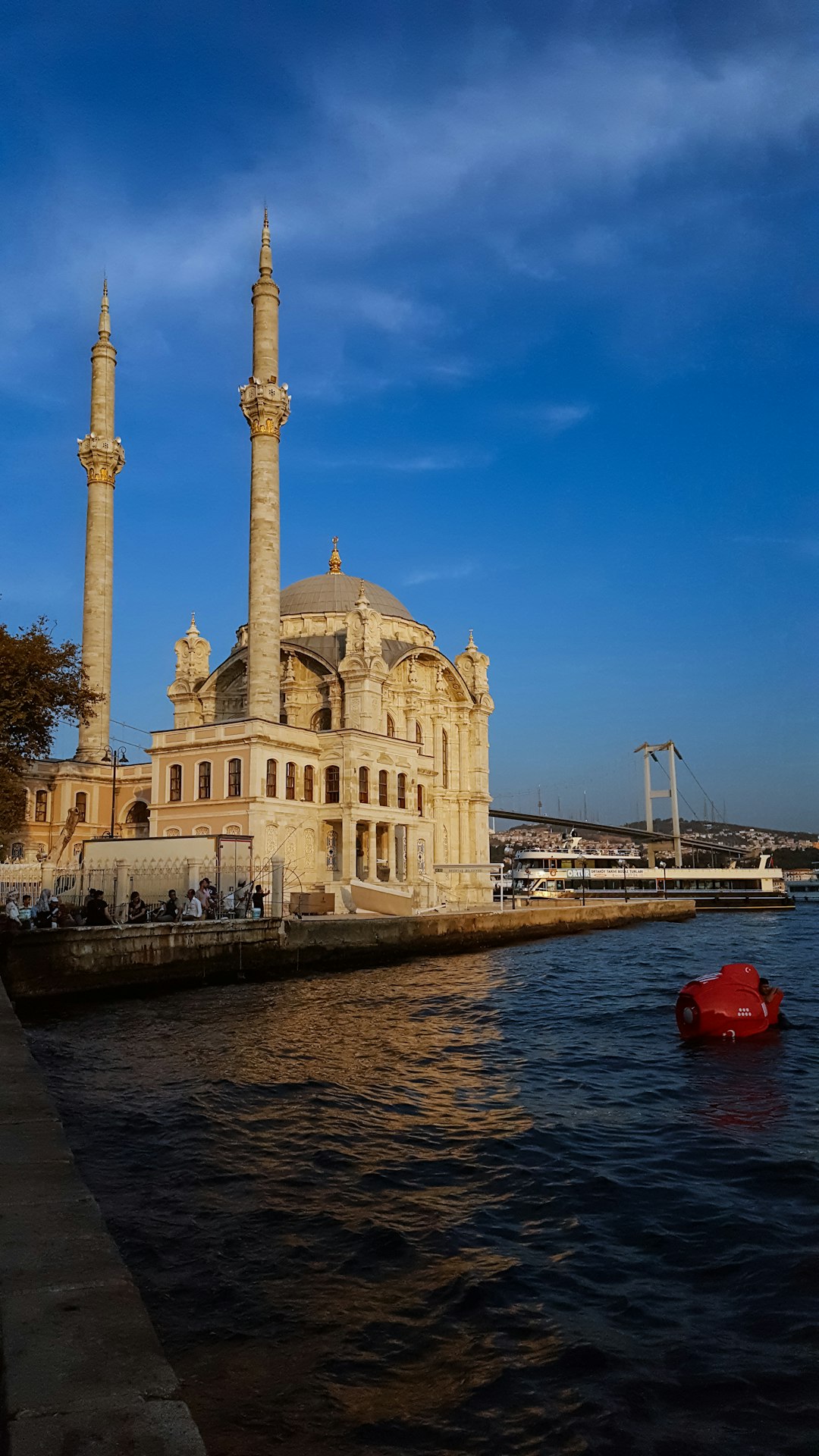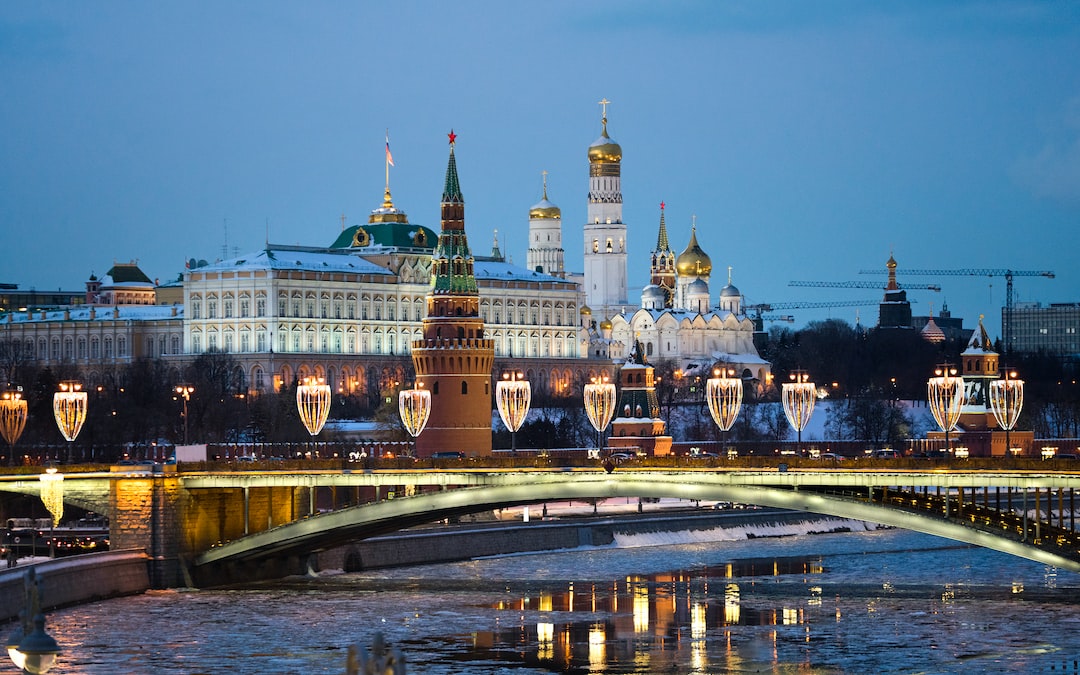Rome is a city known for its ancient history, stunning architecture, and delicious cuisine. But did you know that it is also a mecca for vintage shopping? From designer labels to unique one-of-a-kind pieces, Rome offers a plethora of hidden treasures waiting to be discovered by the savvy vintage shopper.
One of the best places to begin your vintage shopping adventure in Rome is at the famous Porta Portese flea market. This bustling market takes place every Sunday morning in the Trastevere neighborhood and is the perfect place to find a wide variety of vintage clothing, accessories, furniture, and more. With over 1,000 stalls to explore, there is something for everyone at Porta Portese. Whether you are looking for a vintage designer handbag, a retro pair of sunglasses, or a unique piece of jewelry, you are sure to find it here.
For those looking for a more curated shopping experience, Rome is home to several high-end vintage boutiques. One such boutique is Pifebo Vintage Shop, located in the Monti neighborhood. This chic store offers a carefully curated selection of vintage clothing and accessories from the 1960s, 70s, and 80s. From beautiful leather jackets to funky printed dresses, Pifebo has something for every vintage lover.
Another must-visit vintage boutique in Rome is King Size Vintage, located near the Spanish Steps. This trendy store specializes in vintage denim and is a favorite among fashionistas looking for the perfect pair of vintage jeans. With a wide selection of Levi’s, Wrangler, and Lee jeans, as well as vintage rock band t-shirts and leather jackets, King Size Vintage is a treasure trove for those looking to add some retro flair to their wardrobe.
If you are looking for a more affordable vintage shopping experience, head to the neighborhood of Testaccio, where you will find several thrift stores selling a mix of vintage and contemporary clothing. One popular thrift store in Testaccio is Mercato Monti Vintage Market, which offers a selection of vintage clothing, accessories, and home decor at budget-friendly prices. With new items added weekly, Mercato Monti is a great place to score a unique find without breaking the bank.
For those looking to shop in a more upscale setting, Rome is also home to several luxury vintage stores. One such store is M. Vintage, located in the upscale Via del Babuino neighborhood. This elegant boutique offers a curated selection of designer vintage clothing and accessories from brands like Chanel, Gucci, and Prada. Whether you are looking for a vintage designer handbag or a classic little black dress, M. Vintage has something for every luxury vintage lover.
For those looking to explore Rome’s vintage scene in a more sustainable way, consider visiting one of the city’s many flea markets. One popular flea market in Rome is Mercato delle Stampe, located near Piazza Navona. This unique market offers a treasure trove of vintage prints, posters, and artwork, perfect for adding a touch of old-world charm to your home. With vendors selling everything from antique maps to vintage movie posters, Mercato delle Stampe is a must-visit for art lovers and vintage enthusiasts alike.
Whether you are a seasoned vintage shopper or just starting out on your vintage shopping journey, Rome offers a wide variety of hidden treasures waiting to be discovered. From bustling flea markets to high-end boutiques, the Eternal City has something for every vintage lover. So next time you find yourself in Rome, be sure to set aside some time to explore its vintage shopping scene and uncover some truly special finds. Happy hunting!









